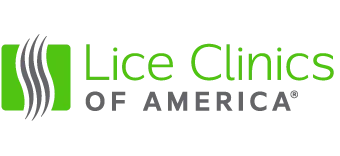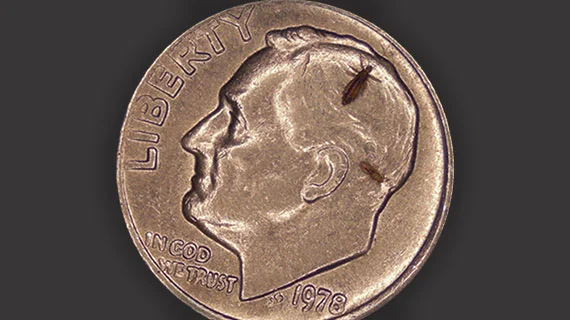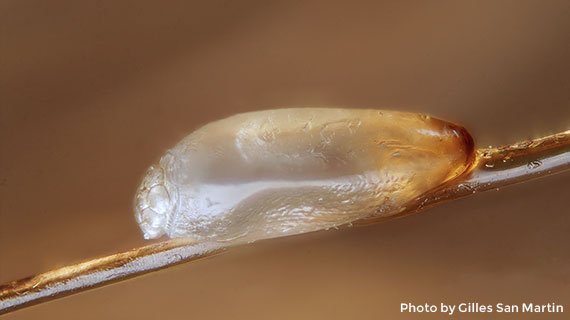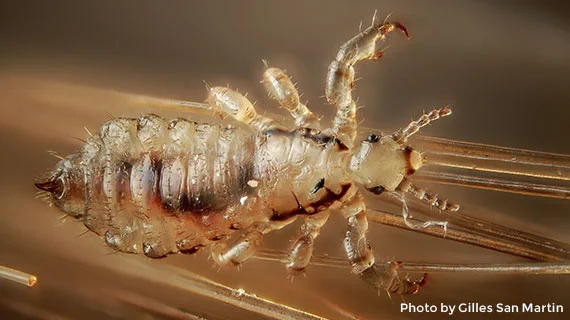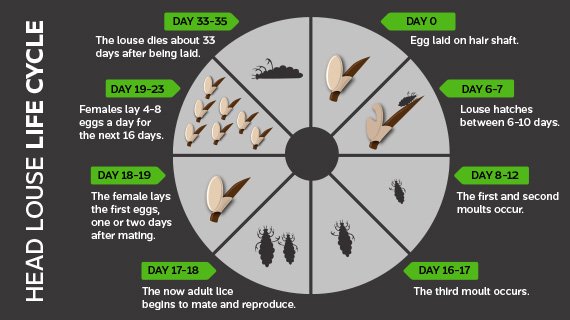WHAT IS LICE?
FACTS YOU NEED TO KNOW ABOUT LICE
TYPES
There are many types of lice, the head louse, or Pediculus humanus capitis, is a parasitic insect that can be found on the head and, more rarely, the eyebrows and eyelashes of people.
LIFE CYCLE
There are three stages of the lice life cycle: egg, nymph and adult.
ANATOMY
Head lice have six claws designed for them to crawl from hair strand to hair strand. These claws allow them to move from head to head.
HEAD TO HEAD
A head-lice infestation occurs when a female adult louse moves to a new head and lays eggs. When those lice eggs hatch, the lice will most likely stay on that head throughout the entire lice life cycle. Unless the head is treated and all lice and eggs are killed, the lice infestation will continue for however long the lice can live.
FREQUENTLY ASKED QUESTIONS
Do I Have Lice?
Adult lice will be the easiest to spot because they are the biggest. But at the size of a sesame seed, they still aren’t that big. Although lice vary in color, if you see a grayish-white or tan bug crawling through the hair, it is probably a louse. If you look closely at an adult louse, you should be able to see human blood inside it.
Look at the hair strands about a quarter inch (~0.5 cm) off the scalp. See if you can find lice eggs (often called nits) attached to individual hairs. Nits are extremely small. They look like tiny specks and will be glued pretty securely to the hair. If you see any, try pulling them off with your fingers. If you can’t easily pull them off, they are probably eggs and not dandruff.
How Can I Get Lice?
The primary way you can get head lice is when your head comes in direct contact with the head of an infested individual. Head-to-head contact like that doesn’t guarantee that the infestation will spread, but it gives lice the best opportunity to move from the hair of the infested person to your hair.
Head lice don’t jump, swim or fly. Without strands of hair to grab with the claws on their legs, they have trouble getting around at all. However, they can crawl pretty quickly along the hair, so if your hair comes in contact with an infested head, it doesn’t take much for a louse to hitch a ride on a strand of your hair and make its way to your scalp.
How Long Can Lice Live?
Excluding the 8-9 days they spend as eggs, head lice can live for around 40-45 days on your head. As parasites, they feed on human blood several times a day.
If they are removed from their food source – say from getting knocked out of your hair with a brush or your hand – they can survive 24-48 hours. If they don’t find some human hair to crawl back to a new host during that time, they will die.
How Can I Kill Lice?
There are many ways you can kill lice. You can suffocate them, poison them, or dry them out. You can also starve them if you get them away from their food source – your head – long enough (they’ll die within 24-48 hours).
Who Should Get The AirAllé Treatment?
The AirAllé device is intended to kill or remove head lice and their eggs in the hair of adults and children 4 years of age and older. For children under 4, we recommend a traditional comb-out.
Does The AirAllé Treatment Really Work?
Yes! Because it is an FDA-cleared device, we can’t make up efficacy claims that aren’t backed up by clinical data.
What Should I Do After Treatment?
You are now LICE FREE! Leave our exclusive topical gel in the hair for 15 mins. Before washing your hair, carefully remove your clothing.
It is not uncommon to have some itchiness after treatment. Itching is especially common if you have been treating with other products or have had the infestation for a while and have been scratching vigorously. It is normal to see stray nits after treatment. These nits are not viable and won’t hatch. Do not use additional products.
To prevent head lice in the future, wear hair in a bun or braids. When you need additional preventive products, or if you ever have any questions, contact us!
What Should I Do Around My Home After Treatment?
After leaving our clinic today, you will be lice free.We want you to stay that way, so we recommend you do the following as soon as you get home.
- Wash and dry pillowcases, sheets, towels and clothes that any treated family members used in the past 24 hours. Make sure you use the hot water and high heat settings for your washer and dryer.
After that, relax. You don’t have to worry about delousing any other of your home. Scientific studies have shown that is extremely rare for lice to be on carpets, furniture, brushes, or combs. Even if they were, they would be dehydrated and nearly incapable of getting back on a family members head.
That said, if it gives you more peace of mind, you can always vacuum and /or use a sticky lint roller on sofas, chairs, and carpets. You can place combs, hair brushes and ponytail holders in a plastic baggie and leave them in the freezer overnight.
Do not use any bug bombs or furniture sprays that claim to kill lice. They are not necessary and many are toxic and ineffective.
TREATMENT CHART
See a comparison chart of lice treatment solutions that have been clinically tested.
TREATMENT OPTIONS
We offer treatments options for all infestation levels and budgets.
